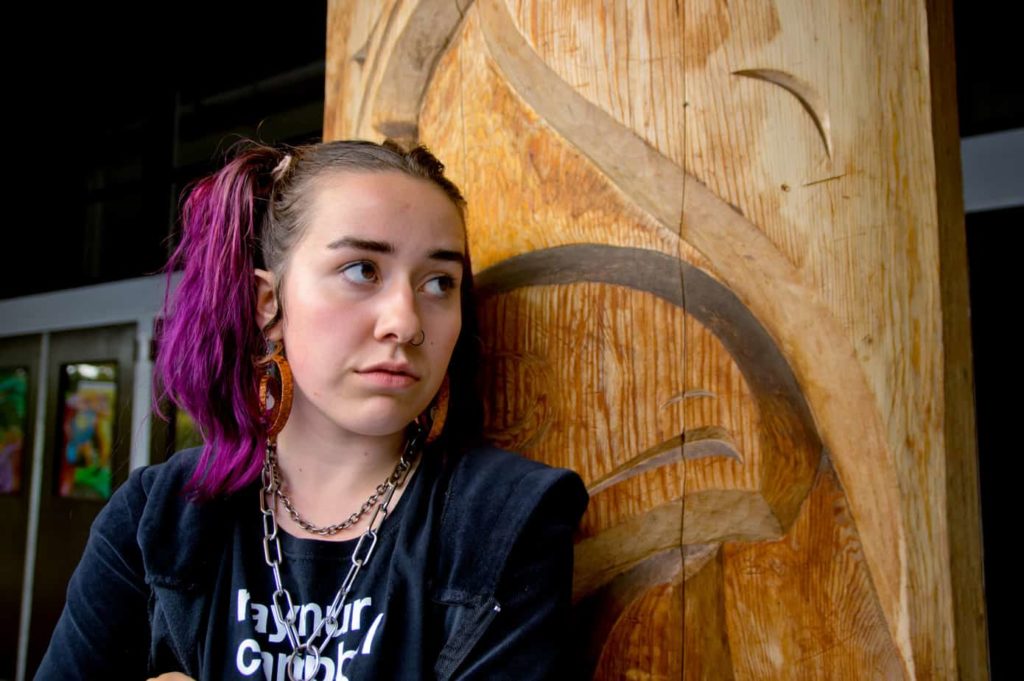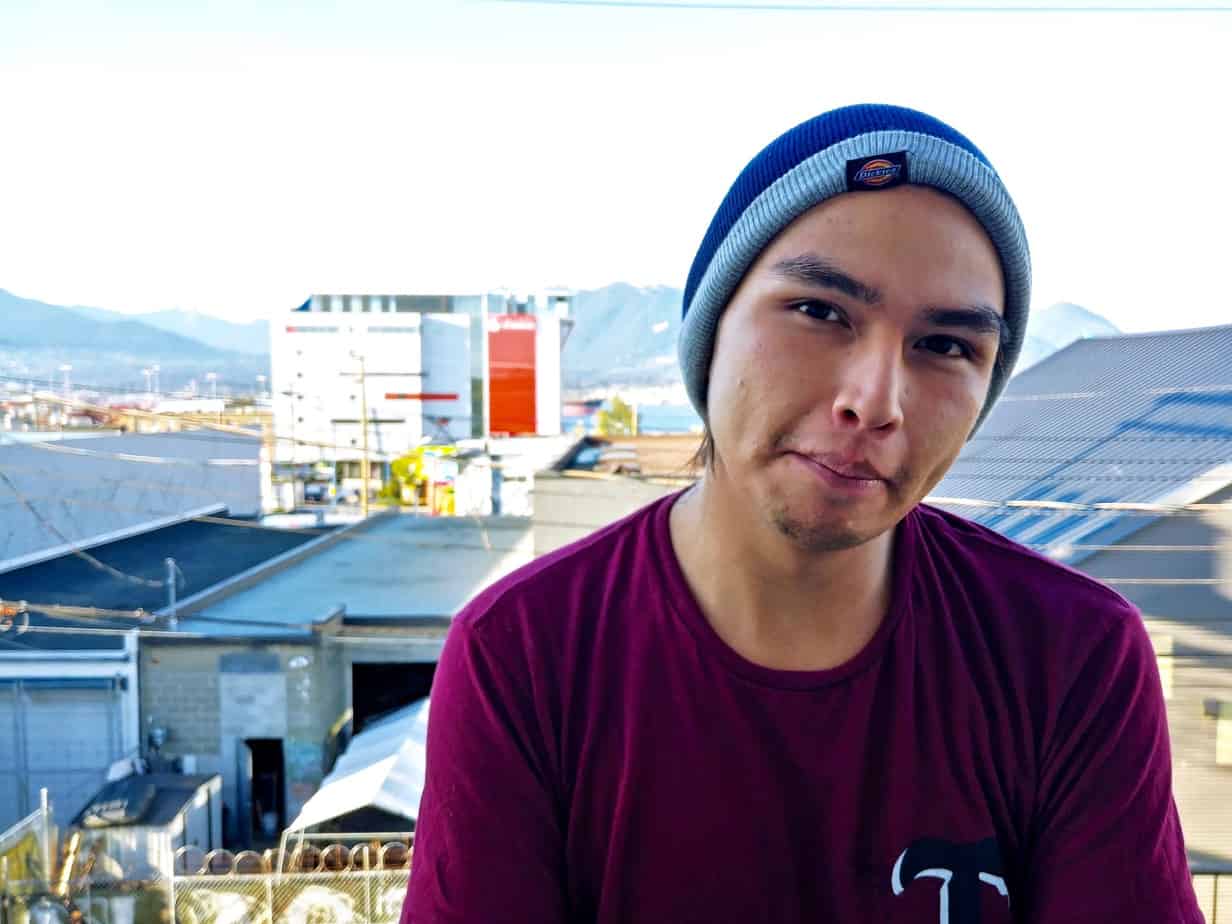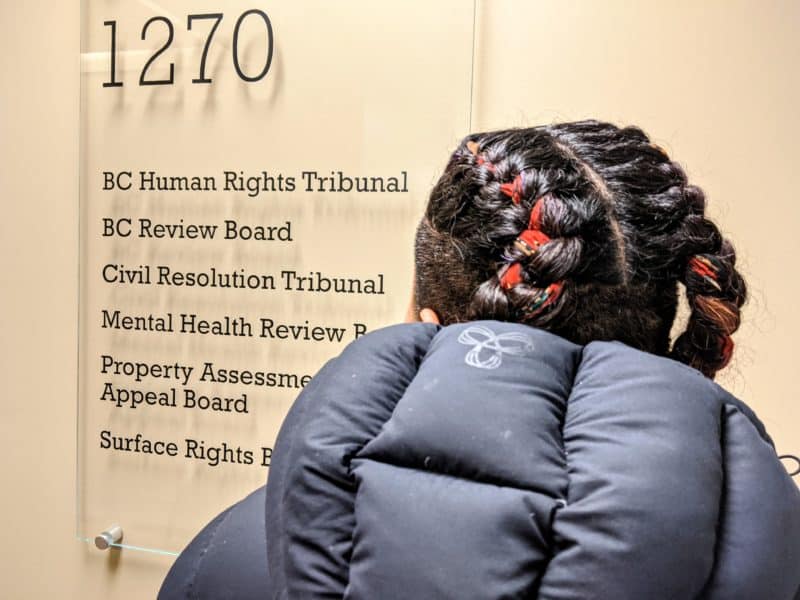
This is from our urban Indigenous newsletter. Make sure to share it and subscribe here.
What kind of a world will Indigenous youth on the Lower Mainland live in when they’re adults?
I’ve been pondering this question since my colleague Brielle Morgan and I attended the Youth Matters forum, at Britannia Community Services on Sept. 26. This quarterly forum brings together advocates, frontline workers, public officials and community members to discuss child-welfare issues.
According to the 2016 census, just over 25 per cent of Indigenous people in B.C. are under age 14. In comparison, children under 14 represent 14.5 per cent of the province’s non-Indigenous population.
Today’s Indigenous youth are growing up in a world very different from the one I grew up in, where relations between Indigenous and non-Indigenous people were bad, and our issues weren’t prominent. Youth today are growing up in the dawn of reconciliation, where relations are mending, and Indigenous people are more ingrained in the public consciousness.
But too many Indigenous youth are having to struggle into adulthood. In 2016/2017 they represent 46 per cent of admissions to correctional facilities, and they make up 63 per cent of the 7,000 or so kids in B.C.’s child-welfare system (despite accounting for less than 10 per cent of all children in B.C.).
What kind of foundation for reconciliation are we laying down for Indigenous youth to build upon when they grow up? What are we doing to instill their cultures, languages and identities? How are we modeling leadership to them? We encourage Indigenous youth to get educated — which they do — but is this reflected in Indigenous leadership and administrations? For their sake, I hope so.
How do you think Indigenous youth should be prepared for adulthood?
What you love

Vancouver resident Kali-Olt Sedgemore loves the fact that you can trade jokes with other Indigenous people on the Lower Mainland no matter where they’re from.
“The humor is just about all the same. We know how to joke around,” says the 26-year-old who works as a harm-reduction leader with Vancouver Coastal Health and is from Namgis First Nation.
“There’s a lot of diversity with the Indigenous community — people from all different nations, different cultures. But even so, when you meet another Indigenous person, there’s a familiarity there. It’s like you speak the same language in a way,” they say.
People are talking about
- My colleague, Brielle, has been reporting on one family’s case since their child-protection trial began in February 2018. The trial is back in court this week, so she’ll be posting updates to our Indigenous in the City Facebook group. If you haven’t been following her #MomOnTrial coverage, read this story about the children’s removal, this one about about the trial, and this one about parental-capacity assessments and their use on Indigenous parents.
- Science magazine chronicled how the tension between Indigenous people and researchers over blood samples that were historically taken from the former group led to the creation of a program that trains Indigenous scientists in genomics.
- In an op-ed in The Tyee, UBC professor Paige Raibmon talks about what she learned while drafting a grade-four textbook about early relations between Indigenous peoples and Europeans.
- In the latest issue of Canadian Lawyer, Métis lawyer Jason Madden makes his case for reconciliation with Canada’s Métis people.
Culture connections
Bethany Sunday-Shortt has faced multiple barriers to learning about Indigenous culture in her short life, and her struggle is indicative of her generation.
Bethany, 16, traces her Indigenous roots to the Secwepemc people of Alkali Lake in B.C.’s Cariboo region. “My dad didn’t grow up on the rez and neither my grandpa. They were both in foster care, so I don’t have a lot of connection to that,” she says.

Bethany grew up in Gibsons, B.C., where she says there weren’t a lot of Indigenous people, and her peers made her know she was different. “I couldn’t understand why I was different from everyone until I started realizing that it was racially based and very, very mean to me because I was different,” she says. “I got bullied a lot, and the way I figured out how to be okay with that was through learning about my Indigenous heritage and my culture.”
A summer spent working with seniors as a cultural worker for elders with ALIVE (Aboriginal Life in Vancouver Enhancement) Society made Bethany reflect on the relationship between youth and elders.
“I think that there’s a disconnect between the elders and the youth in our culture. We learn everything from our elders; elders are so sacred,” she says. “I’ve had the opportunity this summer to connect with a bunch of elders, but most of my peers don’t have that opportunity, so we aren’t learning that knowledge that is supposed to be passed down.”
Let’s gather
- Oct. 3 and 4: B.C.’s representative for children and youth is hosting forums on youth homelessness in Abbotsford on Oct. 3 and in Vancouver on Oct. 4. It’s for youth between ages 13 to 25 who have experienced homelessness. Contact Katherine.McParland@rcybc.ca to RSVP.
- Oct 3: There’s a weekly hip hop drop-in for youth ages 12 to 18. According to their Facebook page, “all elements of hip hop will be showcased, taught and welcome.” It’s every Wednesday at 1739 Venables St. from 5:30 p.m. to 9:30 p.m. No entry fee required.
- Oct. 5: Introduction to cycling on a velodrome. Hosted by the Urban Native Youth Association, this event takes place every Friday for Indigenous youth ages 11 to 24, at the Burnaby Velodrome Club. [end]



